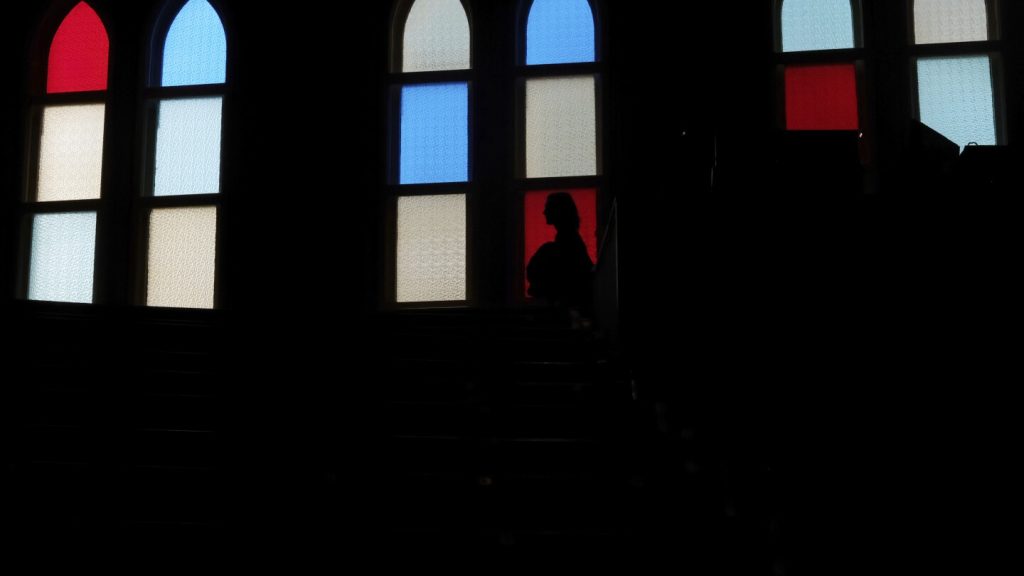The Ryman Auditorium in Nashville, Tennessee, known as the Mother Church of Country Music, was originally built as a church by a riverboat captain named Tom Ryman. Ryman was converted to religion by evangelist Samuel Jones after initially taking offense to his denouncing of various sins in Nashville. Following his conversion, Ryman stopped selling alcohol on his steamships and began dreaming of building a house of worship in Nashville. With funding from Ryman and donations from the community, the Union Gospel Tabernacle officially opened in 1892 as a place for traveling evangelists to preach.
After Ryman’s death, the tabernacle was renamed in his honor and went on to become one of America’s leading music venues. It hosted a variety of events beyond religious gatherings, including ballet, opera, theater performances, and even events like boxing matches and circuses. The venue became known for its unique acoustics, rooted in its origins as a church designed to project voices, songs, and instruments for weekly services. Additionally, the Grand Ole Opry, the famous country music and entertainment show, was hosted at the Ryman from 1943 to 1974, bringing country music to audiences across the United States.
Following the departure of the Grand Ole Opry, the Ryman Auditorium fell into disrepair and was vacant for nearly two decades. It was eventually restored in the 1990s through donations from artists and community members, reopening with a seating capacity of 2,362. Today, the Ryman continues to attract lovers of country music and other genres from across America, earning the affectionate nickname “the Soul of Nashville” for its palpable energy and historical significance. The venue’s rich history, from its religious roots to its role in shaping American music and entertainment culture, continues to resonate with visitors and performers alike.
The Ryman Auditorium’s legacy as a cultural and musical landmark is not limited to country music, as it has hosted a wide range of events including meetings of the Southern Baptist Convention, performances by notable figures like Charlie Chaplin and Harry Houdini, and appearances by President Teddy Roosevelt and the Rev. Martin Luther King Jr. The auditorium’s diverse programming and unique acoustics have made it a cherished venue for artists and audiences alike, contributing to its lasting reputation as a symbol of Nashville’s vibrant arts and music scene. Despite its evolution from a religious meeting place to a thriving entertainment hub, the Ryman Auditorium continues to honor its roots while embracing its role as a beloved cultural institution with a rich history.
Visitors to the Ryman Auditorium, like tourist Jessi Woods from Massachusetts, often describe feeling a special connection to the venue beyond its musical history. The Ryman’s significance as a place of spiritual and artistic expression is evident in its continued allure to audiences seeking a deeper connection to Nashville’s cultural heritage. Whether attending a concert, touring the museum, or simply sitting in the historic pews, visitors can experience the spiritual and musical legacy of the Ryman, embodying the essence of its original purpose as a place of worship transformed into a sanctuary for the arts. The venue’s enduring appeal as a symbol of Nashville’s cultural identity underscores its importance as a cherished landmark in the heart of Music City.


